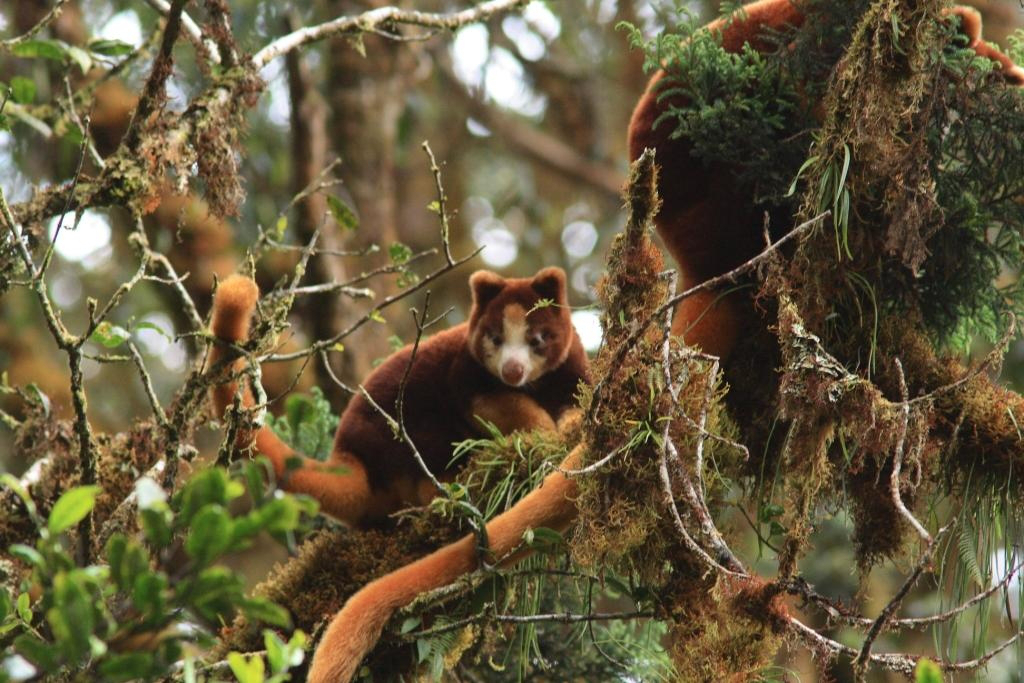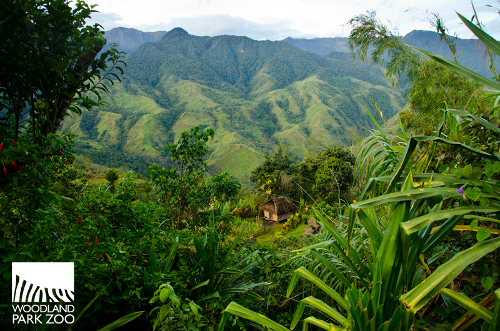


PNG is one of the most diverse places on Earth — a country with over 850 languages and numerous mountain ranges that have historically limited contact between clans. These clans traditionally manage their own land their own way. Yet over the past two decades, communities scattered across the Huon Peninsula have defied tradition, joining hands to create a community-based group that collectively manages what in 2009 became known as the YUS Conservation Area (YUS CA), the first legally protected area of its kind in PNG. Stretching over 75,000 hectares, YUS encompasses cloud forest peaks towering 4,000 meters high, coral reef on the coast below and tropical rainforest in between. The YUS CA protects not only the Matschie’s tree kangaroo, TKCP’s flagship species, but also a host of threatened species, as well as critical habitat that local communities depend upon for subsistence agriculture, clean water and hunting.
The YUS Conservation Area is managed in partnership among TKCP, the YUS community and the PNG government. TKCP manages the YUS conservation ranger team and the Ecological Monitoring Program conducts community awareness-raising, mapping and facilitates the YUS Conservation Area Management Committee.
- A wide range of national and international partnerships (government, private sector, academia and the NGO sector).
- Long-term time commitment to working with local landowners to understand community needs.
- Working in partnership with local landowners and their families in conservation efforts;
- On-going efforts to raise community awareness about the importance of YUS conservation;
- Creation of the YUS Conservation Ranger Team;
- Creation of YUS Ecological Monitoring Program; and
- Establishment of a YUS Conservation Area Management Committee.
Fostering the design, establishment, and long-term management of a protected area in Papua New Guinea requires action appropriate to unique local conditions. Lessons learned for wildlife conservation include:
- Significant planning and analysis should precede commitment to a site for conservation work.
- Long-term success requires a long-term investment of time (it took more than a decade to establish the YUS Conservation Area).
- It is essential to build a trusting and respectful relationship with landowners.
- Community needs must be incorporated into conservation goals.
- There is a need to build relationships with all levels of PNG government as project stakeholders.